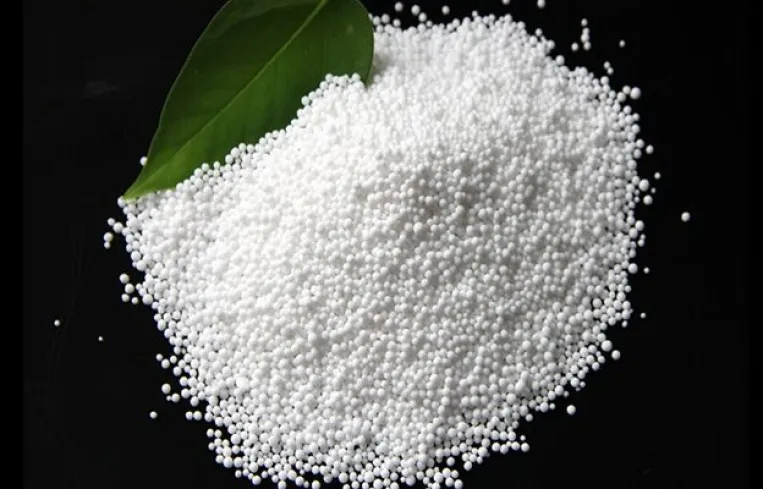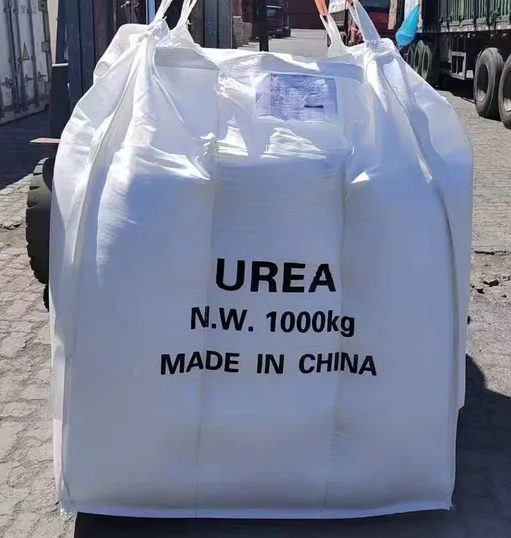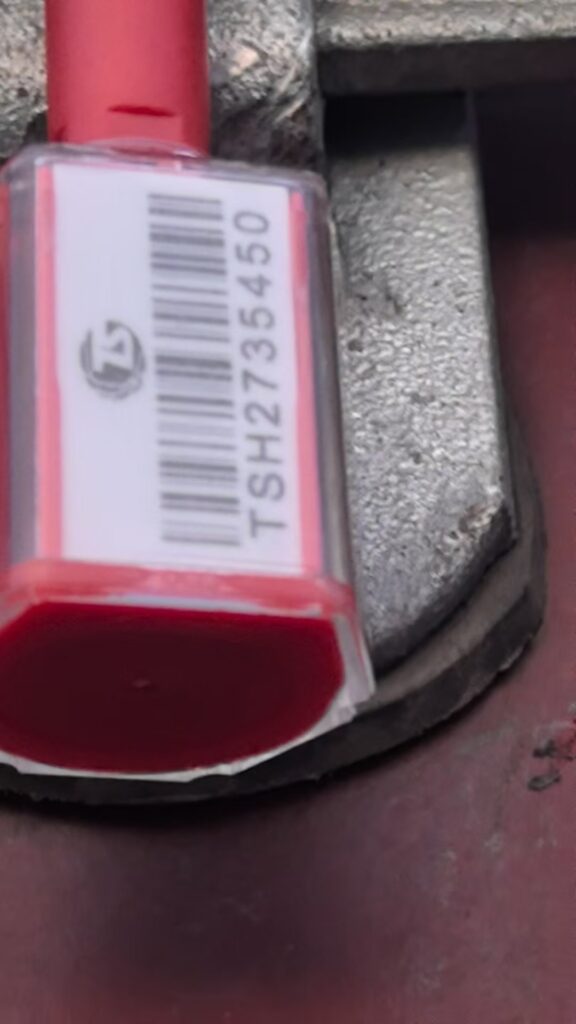
In the global fertilizer supply chain, small-grained urea (Prilled Urea) is still an important nitrogen source because of its high cost performance. However, its easy to absorb moisture and accumulate and break, making the loading process a key battlefield for quality assurance. The following are the essence of practical operations:
1. Three core objectives of loading
(1)Isolate moisture: prevent moisture absorption and agglomeration
(2)Reduce impact: Avoid breaking and dust
(3)Stable stacking: Ensure transportation safety
2. Key points of the entire loading process
Preparation phase
Vehicle/Container Inspection:
▪Thorough cleaning: no residue, no sharp objects
▪Strict leak check: The top plate/side plate/door joint is well sealed
▪Laying moisture-proof cushion layer: bottom + surrounding coverage ≥0.15mm PE moisture-proof film (sealed with seam tape)
Cargo random inspection:
▪Packaging is not damaged (focus on checking the lining bag)
▪Clear batch information
Loading operation (bag packing as an example)
Sample bagged image:

(1)Slow operation: disable throwing, and install jacket forklift
(2)Science stacking:
The bottom layer is stable, and it is stacked with “I-shaped” interlaced
The cargo is ≥10cm away from the box wall (anti-friction heat generation/condensation water)
Fill the gaps with buffer material (cardboard roll/inflatable bag)
Top layer covered with complete moisture-proof film, edge seal
(3)Height limit and pressure prohibition: Do not overload, avoid over squeezing of the lower layer
Final work
▪Close the container to check sealing
▪Record car number/batch number/quantity, take photos and store certificates
As shown in the figure:

▪Handover and loading list
3.Different packaging operations
| Packaging Form | Operation Point |
| in bags | Palletized transportation, fixed with wrapping film, limited to 8 layers in height |
| ton bag | Vertical force on the sling, stacking ≤ 2 layers |
| bulk | Special airtight tanker truck, equipped with dust removal equipment at the loading port |
4.Strengthening measures for loading in high humidity environments
▪Moisture-proof film double-layer coverage (bottom + top)
▪Desiccant packs placed in the cargo inter layer
▪Container inner wall suspension humidity indicator card
▪Preferred van/container transportation
5.Transportation and storage points
▪Road transport cover strictly waterproof canvas
▪Warehouse storage follows the principle of “wooden pallet + 30cm away from the wall”
▪Rainy season inventory cycle ≤15 days
